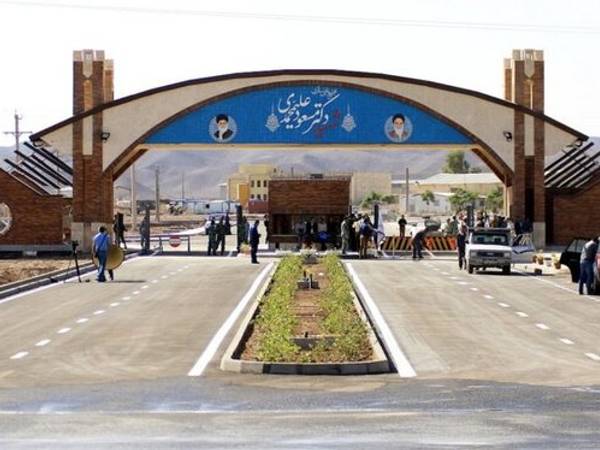Two Telegram channels with links to IRGC have suggested that Iran may build nuclear warheads “in the shortest possible time” if attacked by the US or Israel.
Bisimchi Media (Radioman Media) Telegram channel on Saturday published a short video entitled “When Will Iran’s Sleeping Nuclear Warheads Awaken” in which it said the Islamic Republic will begin building nuclear bombs in the shortest possible time “if the US or the Zionist regime make any stupid mistakes.”
The video also says that uranium enrichment in secret underground facilities of Fordow, near Qom, has brought Iran to the threshold of nuclear breakout and joining the nuclear powers’ club and stresses that transforming the country’s “peaceful nuclear program to a nuclear weapons program” is possible in a very short time.
Israeli has repeatedly threatened in recent months to use all means at its disposal to prevent Iran from becoming a nuclear threat, and has said its armed forces are preparing for action if necessary.
“The nuclear facilities of Fordow have been built deep under mountains of Iran and are protected against trench-busting bombs and even nuclear explosion… all infrastructures required for nuclear breakout have been prepared in it,” the video said while adding that the facilities at Natanz may be highly vulnerable to a possible attack by Western powers and Israel but Fordow will immediately assume war footing and begin the nuclear breakout project within a short time if Natanz comes under missile attack.
The video report also suggests that Iran’s ballistic missiles have the capability of “turning New York into hellish ruins”, citing Iran’s space program, which has so far been mostly a failure.
Sepah-e Qods Telegram channel republished Bishimchi Media’s video with the caption “Iran Prepared To Carry Out Top Secret EMAD Project: Building First Nuclear Warhead If Natanz Comes Under Attack”.
EMAD, another form of an earlier weapons program, AMAD, refers to Iran’s purported secret nuclear effort, which started in 1989 under the leadership of Mohsen Fakhrizadeh and according to the UN nuclear watchdog IAEA, stopped in 2003. According to a IAEA director general’s report in 2015, Iran specifically denied the existence of the AMAD Plan and the ‘Orchid Office’ as elements of such a program.
Iran has now enriched enough uranium to 60 percent that if further enriched to 90 percent, the fissile material will be sufficient for a nuclear bomb within a few weeks.
Some Iranian officials, including Kamal Kharrazi, a senior adviser to Supreme Leader Ali Khamenei, have suggested that Iran is a nuclear threshold country but does not want or need a nuclear weapon and is only enriching uranium for energy and other civilian uses. They often add that Iran's supreme leader has declared that the production, stockpiling and use of nuclear weapons are all forbidden under Islam (haram).
Khamenei’s fatwa, or religious edict, against the acquisition or manufacture of nuclear weapons was first revealed in a statement from Iran to the International Atomic Agency (IAEA) in Vienna in August 2005.
Then-Intelligence Minister Mahmoud Alavi in February 2021 hinted that the fatwa could change. Former Iranian diplomat and IRGC brigadier-general Amir Mousavi also in an interview with Lebanon’s al-Mayadeen television in January 2021 had said fatwas are not permanent and are issued in accordance with developing circumstances. “Therefore, I believe that if the Americans and Zionists act in a dangerous manner, the [Khamenei] fatwa might change.”
The US and Israel agreed in July to take a joint stance against Iran's nuclear program and involvement in regional conflicts and said they would work together to prevent Tehran from obtaining a nuclear weapon.
